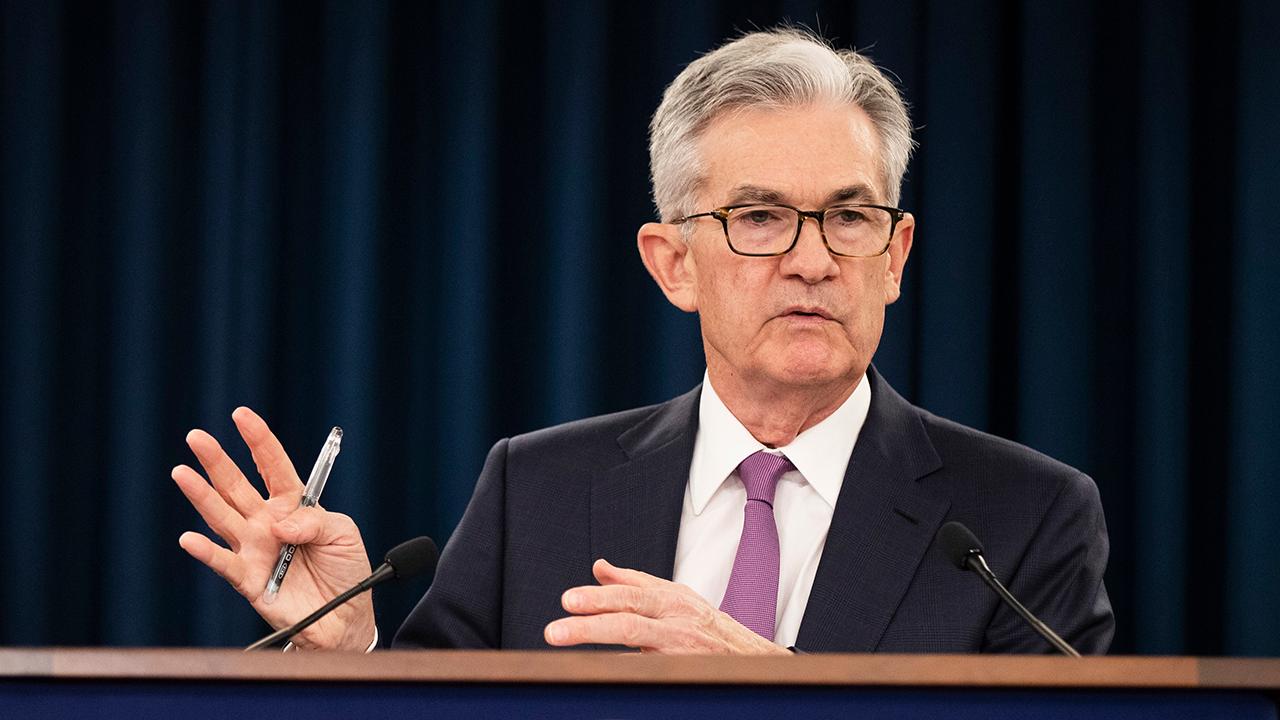Trump calls Fed 'most difficult problem' facing the US
President Trump went after the Federal Reserve again on Friday evening, lambasting the U.S. central bank as the “most difficult problem” facing the country.
“They raised rates too soon, too often, & tightened, while others did just the opposite,” Trump wrote in a tweet. “As well as we are doing from the day after the great Election, when the Market shot right up, it could have been even better - massive additional wealth would have been created, & used very well. Our most difficult problem is not our competitors, it is the Federal Reserve!”
The president has repeatedly urged the U.S. central bank to lower the benchmark federal funds rate – although Fed policymakers voted to raise interest rates four times in 2018, at a current range between 2.25 percent and 2.50 percent, rates remain historically low.
Trump has not shied away from criticizing both the Fed and its chairman, Jerome Powell, who he handpicked more than a year ago. At the beginning of June, Trump doubled down on his attacks, blaming it for raising rates too quickly and adding to “ridiculous quantitative tightening.”
Most recently, at its June policy-setting meeting, the Fed hinted at the possibility of a rate cut in July, though noted it ultimately depended on uncertainties surrounding the U.S.–China trade war, as well as persistent muted inflation.
A better-than-expected June jobs report – analysts expected the U.S. economy to add 160,000 jobs; instead, it created a whopping 2240,000 – seemingly put a stopper on hopes of an immediate rate cut (although traders continue to price in a 100 percent chance of policymakers voting to ease monetary policy during their July meeting).
“A 25-basis point insurance cut is still on the table in July, but beyond that NAFCU sees no reason to expect further easing this year,” said Curt Long, the chief economist at the National Association of Federally-Insured Credit Unions.
Powell is slated to testify on Capitol Hill before the House Financial Services Committee Wednesday and the Senate Banking Committee Thursday, during which he’s expected to shed light on the Fed’s interest rate policy.




















